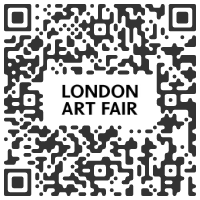Julie Airey
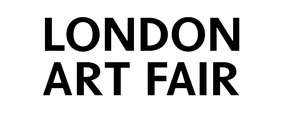
London Art Fair
Business Design Centre 52 Upper Street London N1 0QHT : +44 (0) 20 7150 5956 e-mail:
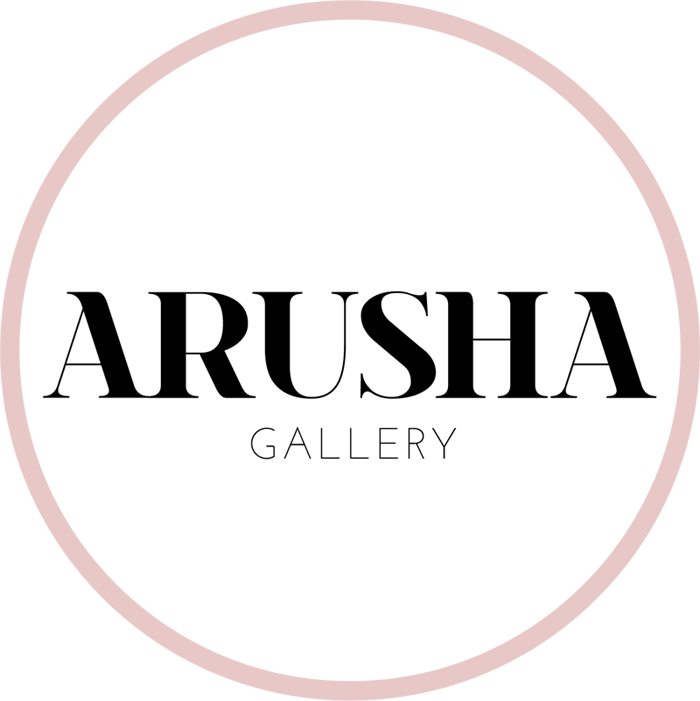 ARUSHA GALLERY
13A Dundas Street Edinburgh EH3 6QG
ARUSHA GALLERY
13A Dundas Street Edinburgh EH3 6QG T. 0131 557 1412 or 07814189018 e-mail:


21 > 26 January, 2020
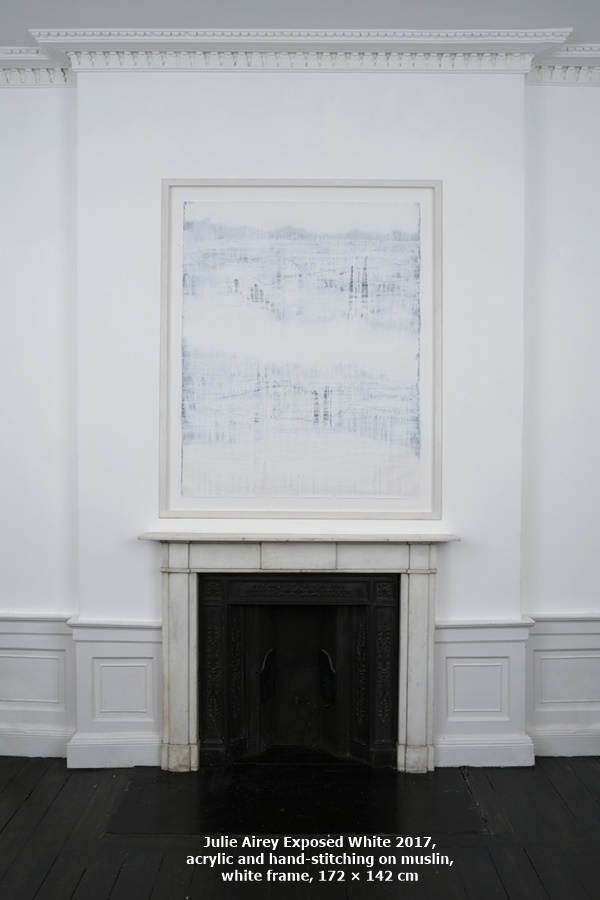
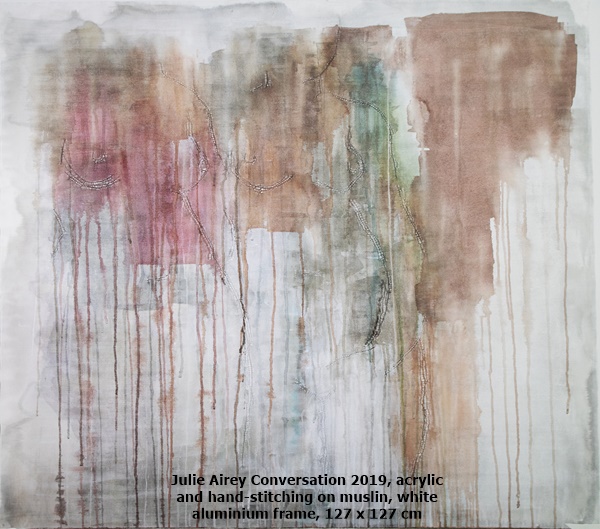
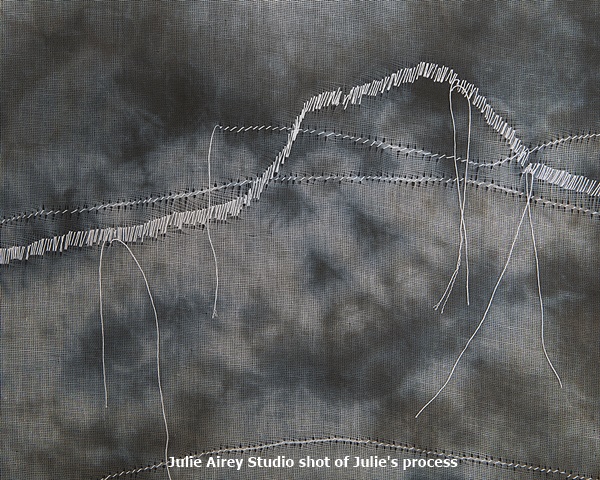
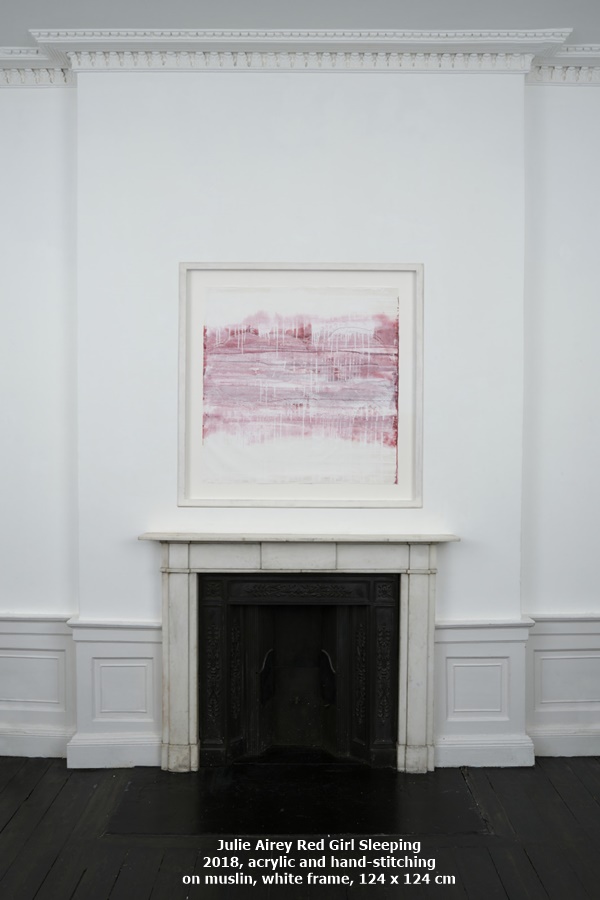
Stand G43
Arusha Gallery proudly displays new work by Julie Airey as part of Platform - Threading Forms, who trained as a painter and now incorporates textiles and thread into her work. Airey describes her work as a response to an emotional fragility fostered by contemporary perfectionist culture and our striving for the ideal; thin sheets of muslin woven through with delicate thread, suggestive of silhouettes and figures, attest to the personal exploration that their marking denotes.
Nothing is Indestructible: The Paintings of Julie Airey
By Louisa Elderton
The things that I loved were very frail. Very fragile. I didn’t know that. I thought they were indestructible. They weren’t.
Cormac McCarthy (1)
I was high up in the atmosphere, flying. Finally, alone, I felt cocooned within the armature of the plane, gently rocked by turbulence. I like flying at night because of the density of black. Even though you can’t touch it, it is solid. That night the moon was a cut toenail smiling from the sky. Pressing my face against the cold surface of the oblong window, I gazed down to the earth. A patch of red began to form upon my forehead at the point of pressure. Little lights sparkled from the ground, specks of luminescence outlining the topography as streams of light. They looked like piercings, as if a vast piece of fabric had been pulled taught across the land, separating darkness from light. I imagined a huge needle being threaded in and out of the land, poking holes in the fragile terrain so that whatever was underneath could shine through—perhaps the earth’s molten core or the sun inverted.
It summoned the mood of Julie Airey’s paintings, of muslin stretched so that its warp and weft strain, thread widening the fabric’s pores, simultaneously wounding and weaving forms anew. Semipermeable and holed, Airey’s works are anguished, leaving space for something to seep up—or spill out. They are veil like, defined by a sense of what lays beneath. Hers are punctured landscapes that have been dyed with earthen hues and now run with the softest of reds. More specifically, these are landscapes of the body: the curve of a breast, the sharp angle of a hipbone stitched in white; skin that has rolled around in the dust; flesh that is marked with scars, which cannot be scrubbed off with muslin and water. Blood will slowly turn a bowl of warm water pink.
When you press a pattern into skin, it needs to be held there for a while to penetrate, to leave its mark debossed into the body’s cells. The skin returns to normal eventually—slowly, imperceptibly—so it is only scars that stand the test of time. If we are pierced, we remember.
While flying above the earth, drifting between time zones, it was the anniversary of my mother’s death. She had been gone for two years. When you imagine the number two it seems small—it is only a touch more than one. Its form is rounded: there is a curve upon which to cling, to hang off. If you think about the 730 days that have gone into those two little years, or the hours in each of those days, or the millions of seconds that have ticked by, two years becomes a vast stretch that the body has had to bear. A grieving body. A body that leaks. A body of pores and ducts and layered salt stains. Two years is enough to change you, to tinge you with subtle streams of pale pink. Two years can make you feel as if you have seeped out of yourself, slowly. I don’t know if I am depleted or distilled; a void that needs to be filled, or a core corpus of essentials. Perhaps both.
Of course there is a violence suggested by all of this: an understanding of the vulnerable body that bleeds and breaks, inside and out. Silvery stretch marks; scars that must be sewn up when skin has ripped; holes that never quite disappear when lines have been threaded into our subcutaneous layers; catheters that release liquid of strange golden umber as the stomach begins to soften. When you paint over a stitch it begins to harden so that it is more like a staple. It is strong and secure.
Louise Bourgeois, for one, recognised how the needle simultaneously harms and mends, penetrates in order to weave new narratives. Deborah Levy points this out in her book, The Cost of Living, in which she explores mending a divided self, unsettling the boundaries of social hierarchy to prevent drowning in her own life—the woman, the mother, the wife:
Yes, it is sometimes agonizing to feel things. I had spent the last few months
trying not to feel anything at all. Bourgeois learned to sew at an early age in
her parents’ tapestry business. She thought of the needle as an object of
psychological repair—and what she wanted to repair, she said, was the past. (2)
Airey’s repair is focused on a fragmented body of the present, the stitched mark suggesting at once pain and healing, but moreover, the beauty of mending and the value in the process of the making amends. Airey’s practice is about process, one the begins with drawing from life, tracing a pencil to pinpoint the body and then layering paint and stitch to reflect the inherent fragility of our limbs—flesh marked by time, stretched or shrunk, everchanging either way. As with the concept that guides the tradition of kintsugi, where the point of reparation is lined with gold, vulnerability become the raison d’être for why and how something exists in the world. Airey’s liquid gold is a nimble white thread that penetrates.
Soaring through the sky, I considered these thoughts and too soaked up Levy’s exquisite words. She examines her own condition: when you are constantly looking outside yourself, being the caregiver, the lover, the mother, what happens to the I? Where do I go? I think of my own mother. Did she kept herself hidden from me, her own I somewhere beneath a veil? I would have given anything to turn to liquid and soak through the fabric of her being, flow past pores of skin to find her. As a child, somehow your body remembers that you were symbiotically connected, that your blood flowed as one and that you felt what she felt, once. The curve of a breast that feeds you; the hip bone that begins to reappear as the belly subsides; the warmth of skin on skin. Airey’s work is directly concerned with such questions regarding the condition of women: our bodies, our choices, our secrets and how we are impacted by a world where our flesh—sometimes, still—defines and binds us.
Even as a memory, or as dust, she still exists. I remember her fingers. The density of her collarbone. The thickness of her wrists. The spec of dirt that burrowed itself into her thumb. Her wide smile. Every body goes back into the earth, eventually. Our limbs cannot move forever. The day we scattered her ashes, the earth was bathed in strong sunshine. Dust hit the water and slowly sank. It sparkled as flecks of tiny light amid the lily pads. They turned into amber and then quietly disappeared into liquid darkness. One year turns into two; we cannot drift above time forever. Nothing is indestructible. Do remember though: we may tear but look at the maps that are drawing themselves upon us as we go. We are rich topographies to be gently traced and explored.
1. John Cant, Cormac McCarthy and the Myth of..., (Routledge, 2008), p.262.
2. Deborah Levy, The Cost of Living (Penguin, 2019), p.39.
Arusha Gallery proudly displays new work by Julie Airey as part of Platform - Threading Forms, who trained as a painter and now incorporates textiles and thread into her work. Airey describes her work as a response to an emotional fragility fostered by contemporary perfectionist culture and our striving for the ideal; thin sheets of muslin woven through with delicate thread, suggestive of silhouettes and figures, attest to the personal exploration that their marking denotes.
Nothing is Indestructible: The Paintings of Julie Airey
By Louisa Elderton
The things that I loved were very frail. Very fragile. I didn’t know that. I thought they were indestructible. They weren’t.
Cormac McCarthy (1)
I was high up in the atmosphere, flying. Finally, alone, I felt cocooned within the armature of the plane, gently rocked by turbulence. I like flying at night because of the density of black. Even though you can’t touch it, it is solid. That night the moon was a cut toenail smiling from the sky. Pressing my face against the cold surface of the oblong window, I gazed down to the earth. A patch of red began to form upon my forehead at the point of pressure. Little lights sparkled from the ground, specks of luminescence outlining the topography as streams of light. They looked like piercings, as if a vast piece of fabric had been pulled taught across the land, separating darkness from light. I imagined a huge needle being threaded in and out of the land, poking holes in the fragile terrain so that whatever was underneath could shine through—perhaps the earth’s molten core or the sun inverted.
It summoned the mood of Julie Airey’s paintings, of muslin stretched so that its warp and weft strain, thread widening the fabric’s pores, simultaneously wounding and weaving forms anew. Semipermeable and holed, Airey’s works are anguished, leaving space for something to seep up—or spill out. They are veil like, defined by a sense of what lays beneath. Hers are punctured landscapes that have been dyed with earthen hues and now run with the softest of reds. More specifically, these are landscapes of the body: the curve of a breast, the sharp angle of a hipbone stitched in white; skin that has rolled around in the dust; flesh that is marked with scars, which cannot be scrubbed off with muslin and water. Blood will slowly turn a bowl of warm water pink.
When you press a pattern into skin, it needs to be held there for a while to penetrate, to leave its mark debossed into the body’s cells. The skin returns to normal eventually—slowly, imperceptibly—so it is only scars that stand the test of time. If we are pierced, we remember.
While flying above the earth, drifting between time zones, it was the anniversary of my mother’s death. She had been gone for two years. When you imagine the number two it seems small—it is only a touch more than one. Its form is rounded: there is a curve upon which to cling, to hang off. If you think about the 730 days that have gone into those two little years, or the hours in each of those days, or the millions of seconds that have ticked by, two years becomes a vast stretch that the body has had to bear. A grieving body. A body that leaks. A body of pores and ducts and layered salt stains. Two years is enough to change you, to tinge you with subtle streams of pale pink. Two years can make you feel as if you have seeped out of yourself, slowly. I don’t know if I am depleted or distilled; a void that needs to be filled, or a core corpus of essentials. Perhaps both.
Of course there is a violence suggested by all of this: an understanding of the vulnerable body that bleeds and breaks, inside and out. Silvery stretch marks; scars that must be sewn up when skin has ripped; holes that never quite disappear when lines have been threaded into our subcutaneous layers; catheters that release liquid of strange golden umber as the stomach begins to soften. When you paint over a stitch it begins to harden so that it is more like a staple. It is strong and secure.
Louise Bourgeois, for one, recognised how the needle simultaneously harms and mends, penetrates in order to weave new narratives. Deborah Levy points this out in her book, The Cost of Living, in which she explores mending a divided self, unsettling the boundaries of social hierarchy to prevent drowning in her own life—the woman, the mother, the wife:
Yes, it is sometimes agonizing to feel things. I had spent the last few months
trying not to feel anything at all. Bourgeois learned to sew at an early age in
her parents’ tapestry business. She thought of the needle as an object of
psychological repair—and what she wanted to repair, she said, was the past. (2)
Airey’s repair is focused on a fragmented body of the present, the stitched mark suggesting at once pain and healing, but moreover, the beauty of mending and the value in the process of the making amends. Airey’s practice is about process, one the begins with drawing from life, tracing a pencil to pinpoint the body and then layering paint and stitch to reflect the inherent fragility of our limbs—flesh marked by time, stretched or shrunk, everchanging either way. As with the concept that guides the tradition of kintsugi, where the point of reparation is lined with gold, vulnerability become the raison d’être for why and how something exists in the world. Airey’s liquid gold is a nimble white thread that penetrates.
Soaring through the sky, I considered these thoughts and too soaked up Levy’s exquisite words. She examines her own condition: when you are constantly looking outside yourself, being the caregiver, the lover, the mother, what happens to the I? Where do I go? I think of my own mother. Did she kept herself hidden from me, her own I somewhere beneath a veil? I would have given anything to turn to liquid and soak through the fabric of her being, flow past pores of skin to find her. As a child, somehow your body remembers that you were symbiotically connected, that your blood flowed as one and that you felt what she felt, once. The curve of a breast that feeds you; the hip bone that begins to reappear as the belly subsides; the warmth of skin on skin. Airey’s work is directly concerned with such questions regarding the condition of women: our bodies, our choices, our secrets and how we are impacted by a world where our flesh—sometimes, still—defines and binds us.
Even as a memory, or as dust, she still exists. I remember her fingers. The density of her collarbone. The thickness of her wrists. The spec of dirt that burrowed itself into her thumb. Her wide smile. Every body goes back into the earth, eventually. Our limbs cannot move forever. The day we scattered her ashes, the earth was bathed in strong sunshine. Dust hit the water and slowly sank. It sparkled as flecks of tiny light amid the lily pads. They turned into amber and then quietly disappeared into liquid darkness. One year turns into two; we cannot drift above time forever. Nothing is indestructible. Do remember though: we may tear but look at the maps that are drawing themselves upon us as we go. We are rich topographies to be gently traced and explored.
1. John Cant, Cormac McCarthy and the Myth of..., (Routledge, 2008), p.262.
2. Deborah Levy, The Cost of Living (Penguin, 2019), p.39.
 |
Julie Airey |
PREVIEW EVENING
Tuesday 21 January | 6pm – 9pm
mpefm
UNITED KINGDOM art fair press release
PUBLIC FAIR HOURS
Wednesday 22 January | 11am – 9pm
Thursday 23 January | 11am – 9pm
Friday 24 January | 11am – 7pm
Saturday 25 January | 11am – 7:30pm
Sunday 26 January | 11am – 5pm
TicketPUBLIC FAIR HOURS
Wednesday 22 January | 11am – 9pm
Thursday 23 January | 11am – 9pm
Friday 24 January | 11am – 7pm
Saturday 25 January | 11am – 7:30pm
Sunday 26 January | 11am – 5pm
PREVIEW EVENING £32.75 (£31.00)
STANDARD DAY TICKET £18.75 (£17.00)
SENIOR CITIZEN (65+) £14.75 (£13.00)
STUDENT - WITH ID £14.75 (£13.00)
UNWAGED WITH PROOF OF STATUS £14.75 (£13.00)
DISABLED PERSON £14.75 (£13.00)
ART FUND PASS HOLDER £14.75 (£13.00)
DISABLED PERSONS CARER OR FACILITATOR £0.00 (£0.00)
CHILDREN AGED 14-16 £14.75 (£13.00)
CHILDREN UNDER 14 £0.00 (£0.00)
Á LA CARTE + ART £31.75 (£30.00)
PREMIUM PACKAGE: 11AM TO 2PM £56.75 (£55.00)
PREMIUM PACKAGE: 2PM TO 5PM £56.75 (£55.00)
(face value) The ticket cost is the face value plus the booking fee
QR of this press release
in your phone, tablet
